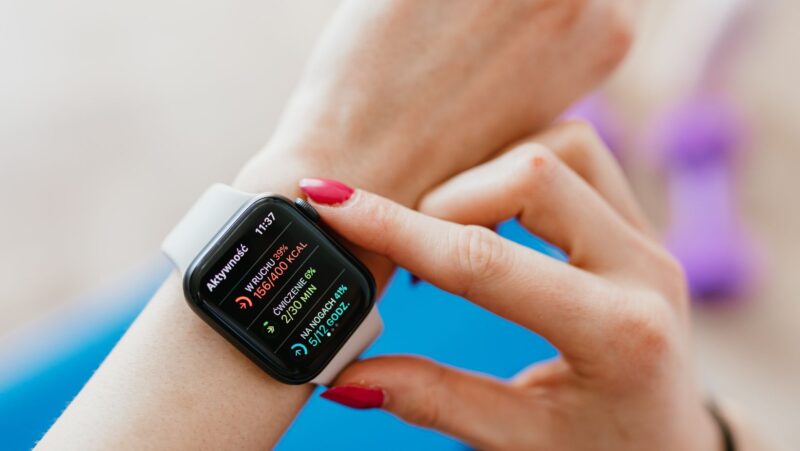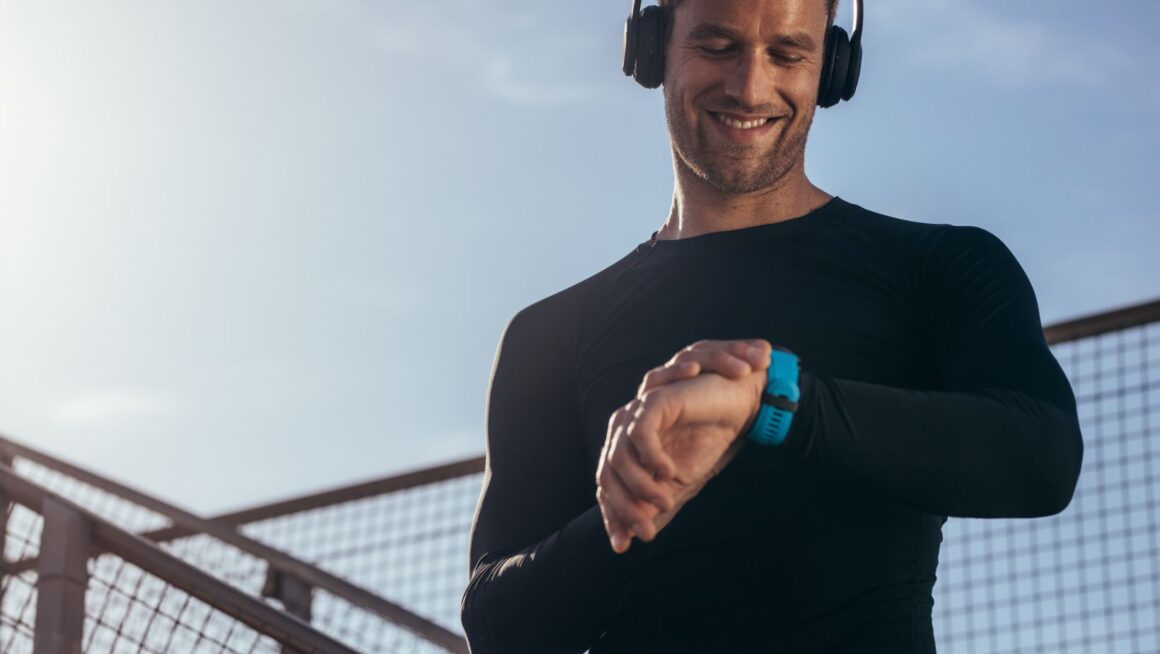I’ll admit it—when I first heard that my Apple Watch could potentially be covered by my Flexible Savings Account (FSA), I was skeptical. After all, we’re talking about the same government program that used to reject aspirin purchases without a prescription. But as healthcare evolves and wearable technology becomes increasingly sophisticated, the lines between “gadget” and “medical device” are blurring in ways that could save you hundreds of dollars.
The landscape of FSA-eligible expenses has undergone a quiet revolution, and if you’re not paying attention, you might be missing out on significant tax savings while improving your health at the same time.
The Shift in FSA Thinking
For decades, FSAs operated under a fairly rigid definition of what constituted a qualifying medical expense. Bandages? Yes. Prescription medications? Absolutely. A device that monitors your heart rate, tracks your sleep patterns, and can detect irregular heartbeats? That was a harder sell—until recently.
The change didn’t happen overnight. It began with the increasing recognition that preventive care and continuous health monitoring could reduce long-term healthcare costs. When the Apple Watch gained FDA approval for its ECG feature in 2018, followed by its blood oxygen monitoring capabilities, the conversation shifted from “fitness tracker” to “medical device.”
This evolution coincided with broader healthcare trends emphasizing preventive medicine and patient engagement. Insurance companies began recognizing that catching health issues early through continuous monitoring could prevent costly emergency interventions later. The FSA guidelines started reflecting this new reality.
What Actually Qualifies Now
The key to FSA eligibility for wearable devices lies in medical necessity and specific health conditions. Your smartwatch doesn’t automatically qualify just because it counts steps, but it might if you have a documented medical condition that requires monitoring.
Heart conditions represent the most straightforward path to FSA eligibility. If you have atrial fibrillation, irregular heartbeat, or other cardiac conditions, a doctor can prescribe a wearable device for continuous monitoring. The Apple Watch’s ECG feature, Samsung Galaxy Watch’s blood pressure monitoring, and similar medical-grade functions transform these devices from luxury items into prescribed medical equipment.
Sleep disorders open another avenue for FSA coverage. Sleep apnea, insomnia, and other sleep-related conditions can be monitored through wearable devices that track sleep patterns, oxygen levels, and movement. When prescribed by a healthcare provider as part of a treatment plan, these devices may qualify for FSA reimbursement.
Diabetes management has perhaps seen the most dramatic integration with wearable technology. Continuous glucose monitors (CGMs) have long been FSA-eligible, but now smartwatches that can display CGM data or remind patients to check blood sugar levels are sometimes covered when prescribed for diabetes management.
The Prescription Puzzle
Here’s where it gets interesting—and slightly complicated. Most FSA-eligible wearable devices require a prescription or letter of medical necessity from a healthcare provider. This isn’t as difficult as it might sound, but it does require some planning and honest conversation with your doctor.
The prescription process typically involves documenting a specific medical condition that would benefit from continuous monitoring. Your doctor needs to explain how the wearable device will help manage your condition, monitor your health, or prevent complications. This medical justification transforms your smartwatch from a consumer electronics purchase into a prescribed medical device.
Some healthcare providers are becoming more proactive about prescribing wearable devices, especially for patients with chronic conditions. They’re recognizing that continuous monitoring can provide valuable insights between office visits and help patients take a more active role in managing their health.
Beyond Smartwatches: The Expanding Universe
The FSA eligibility extends beyond just smartwatches to include a growing range of wearable health technology. Fitness trackers with medical-grade sensors, smart scales that monitor body composition for specific health conditions, and even smart clothing with built-in health monitoring capabilities are entering the eligible category.
Blood pressure monitors, pulse oximeters, and other traditional medical devices are now available in wearable formats that maintain their FSA eligibility. These devices offer the convenience of continuous monitoring while qualifying for pre-tax purchase through your FSA.
The integration doesn’t stop at individual devices. Many wearables now connect to healthcare apps and platforms that can share data directly with your healthcare provider. When prescribed as part of a comprehensive health management plan, these connected ecosystems may qualify for FSA coverage.
Maximizing Your FSA Strategy
If you’re considering leveraging your FSA for wearable health technology, timing and planning are crucial, so you will want to be sure to learn more about how FSAs work. FSAs operate on a use-it-or-lose-it basis, making end-of-year purchases particularly attractive for avoiding forfeited funds.
Start by discussing your health conditions and monitoring needs with your healthcare provider. Be honest about your interest in wearable technology and ask whether continuous monitoring could benefit your health management. Many doctors are surprisingly open to prescribing these devices when they see clear medical benefits.
Research the specific devices you’re interested in and their medical capabilities. Focus on features that directly relate to your health conditions rather than general fitness tracking. The stronger the medical justification, the more likely your FSA claim will be approved.
 Keep detailed records of your prescription, receipts, and any communication with your healthcare provider about the medical necessity of the device. FSA administrators are becoming more familiar with wearable technology, but clear documentation still smooths the reimbursement process.
Keep detailed records of your prescription, receipts, and any communication with your healthcare provider about the medical necessity of the device. FSA administrators are becoming more familiar with wearable technology, but clear documentation still smooths the reimbursement process.
The Future of Health Tech and FSAs
The integration of wearable technology with FSA eligibility represents a broader shift toward preventive, personalized healthcare. As these devices become more sophisticated and medically relevant, we can expect FSA guidelines to continue evolving to accommodate new technologies.
This trend benefits everyone involved. Patients gain access to advanced health monitoring tools at reduced cost, healthcare providers receive more continuous data about their patients’ conditions, and the overall healthcare system potentially reduces costs through early intervention and better chronic disease management.
The smartwatch on your wrist might soon be as essential to your healthcare as your annual physical, and thanks to evolving FSA policies, it might also be one of the smartest financial decisions you make this year.

